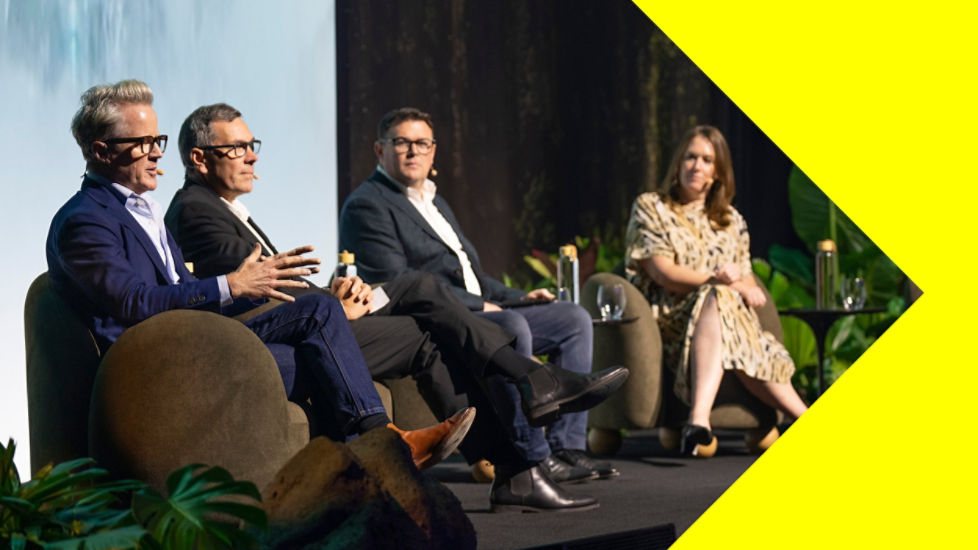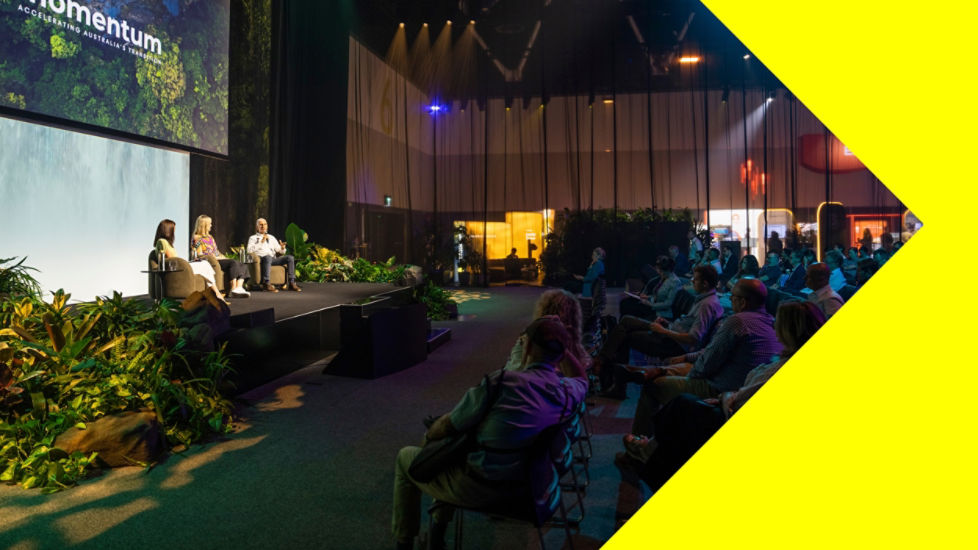What better place to discuss the rise of generative AI in cybersecurity than at SXSW Sydney, where thought-leaders, industry experts and innovators converge to peer into the future. In a room packed with attendees keen to learn more about the way AI is set to protect us against an increasingly sophisticated threat landscape – where hackers have access to the same technology but without the guardrails.
Cyber-safety and digital-wellbeing expert Yasmin London quizzed experts on the transformative impact of AI on improving our digital defences. “AI is on every major news cycle in the country across the globe. All industries are affected,” she said.
“Educators are wondering what it means for learning. Authors are seeking injunctions to stop their content being used to train ChatGPT. And, of course, we’re all wondering what the rise of AI means for our lives, industries and workplaces.”
Here’s what we learned at SXSW Sydney when she talked to other people in the know.




